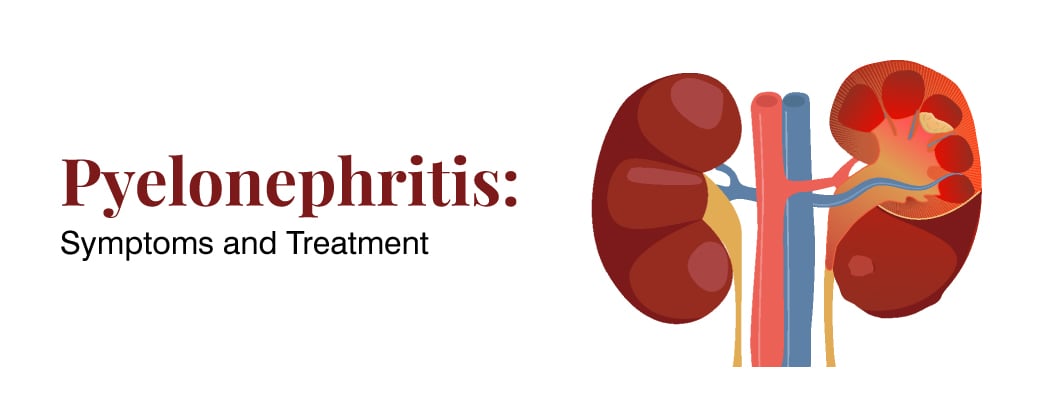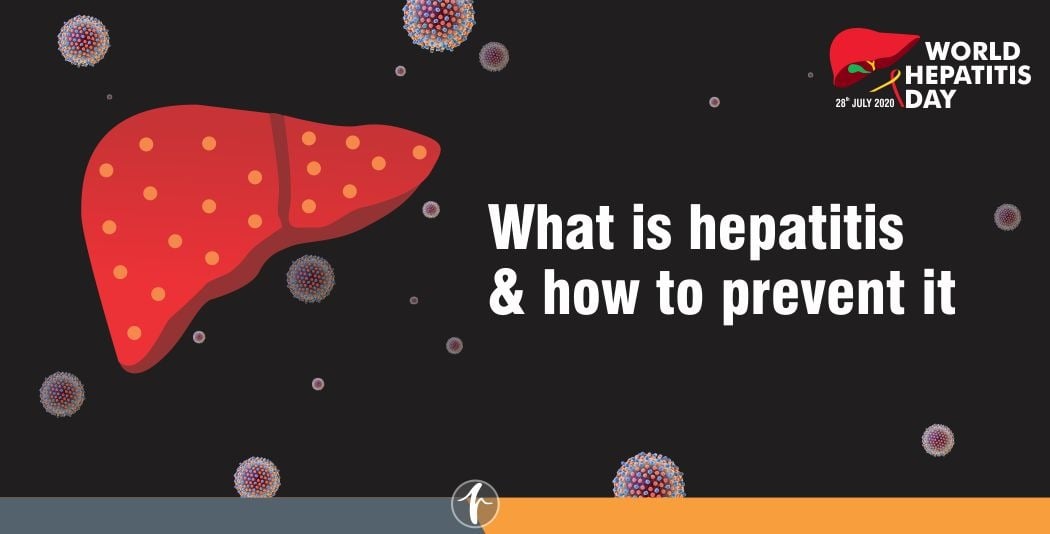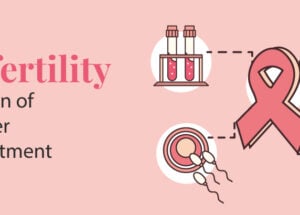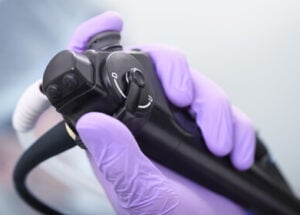Pyelonephritis: Symptoms and Treatment
March 7, 2025

Pyelonephritis (or kidney infection) is one of the most dangerous conditions that result from bacterial spreading through the urinary tract to the kidneys in kids. The common signs of this condition are high temperatures, backaches, and frequent urination. It may result in severe diseases like kidney damage if not treated promptly and effectively. Diagnosis and treatment are usually done urgently with antibiotics because prompt medical attention is vital. Proper hygiene and keeping one hydrated will go a long way towards preventing pyelonephritis. Knowing the signs, however, is important because, when identified, kidney problems can be controlled in good time.
Symptoms
Quick recognition of symptoms associated with kidney infections can lead to immediate treatment measures, thus minimizing health problems.
- Kidney Pain: Pain is one of the prominent symptoms associated with kidney pain, usually on one side of the body, on the lower back, or the side that develops in an individual. Such discomfort may be either mild or severe, with additional tenderness in that region.
- Urinary Changes: Pay attention to your urinary patterns. Frequent urination, a burning sensation in the bladder, and pain while urinating may indicate an infection in the body. Sometimes, an individual’s urine might be pale pink with an unpleasant odor while at other times, the urine can appear murky or cloudy.
- Fever and Chills: Kidney infections often cause symptoms like fever and chills. You should also be vigilant about the unexpected increase in body temperature or sudden chills. The latter is a common sign of kidneys inflammation.
- Fatigue and Weakness: The body also feels the burden of infections, and renal infections are one such type. One may feel tired and exhausted, especially without exhausting their bodies a lot, which may show that there is a problem with one’s kidneys. When it reaches the point where its size becomes a threat to the life span of cells, it starts to secrete hormones, causing cell division.
- Nausea and Vomiting: Gastrointestinal distress, which might be accompanied by nausea and vomiting, can also result from kidney infections. However, one should always be keen on how often they feel nauseated and fail to digest their meal.
Causes
In most cases pyelonephritis is a very unpleasant and life threatening type of urinary tract infection. Prevention and appropriate management of this disease calls for understanding of its causes.
Bacterial Invasion
Bacterial invasion is the leading cause of pyelonephritis. In this case, Escherichia coli (commonly known as E.coli), which is among the bacteria usually found in the gut, is mostly responsible. These bacteria find their way into the urinary tract and can move onto the kidneys, giving rise to inflammation.
Urinary Tract Abnormalities
Pyelonephritis can also result from structural abnormalities in the urinary tract. Urine flow may be blocked due to conditions like kidney stones and structural defects that can lead to bacterial infections.
Compromised Immune System
Pyelonephritis is an infection that affects people with low immunity, among other diseases. Diabetes or HIV/AIDS may weaken the defense against bacterial invasion, thus increasing the possibility of infections.
Urinary Catheterization
Pyelonephritis can be associated with insertion of urinary catheters. Although crucial for some medical problems these medical devices will pave way for bacteria to reach from the urinary tract to the kidney.
Gender and Age
The female’s short urethra makes it easier for the bacteria to reach the urinary system, hence creating a chance of contracting pyelonephritis or UTI in women than in men. Further, there is also a question of age, for the old have greater susceptibility to this disease.r
Pregnancy
Pyelonephritis is more likely to occur in pregnant women than healthy women because hormonal changes cause the weakening of the urinary system and the increasing pressure exerted by the growing uterus upon the bladder. This reiterates the role of prenatal care in avoiding difficulties during delivery.
What are the Risks of Kidney Infection?
Although they are few, kidney infections are hazardous for your health because without treatment they can be fatal. Bacteria that ascend to the kidneys through urinary tract are the main perpetrators of these infections. These are the common risk factors which might lead to the disease and they involve having a week immunity system, urinary tract anomaly, or previous history of urinary diseases.
Untreated kidney infections can have complications like kidney damage, sepsis, and formating abscesses. An individual should never neglect symptoms such as fever, pain in the lower back/side, and frequent urination since they can indicate a kidney infection.
The infection must be quickly treated so that it does not spread beyond control. Good water intake, good hygiene, and immediate treatment in case of urine infection may prevent kidney infections. As you go through life, it’s important to keep in mind that there are risk factors for kidney diseases and take preventative measures as needed.
Diagnosis
Diagnosing a kidney infection involves evaluating symptoms, conducting laboratory tests, using imaging techniques, and reviewing medical history. These methods help confirm the infection, determine its severity, and guide effective treatment.
Symptom Scrutiny
- For example, fever, back pain, and having to urinate often.
- Acknowledging the subtleties: fatigue, nausea, and cloudy urine.
Clinical Tests
- Elevated white blood cells in the blood tests reveal it.
- Bacteria and white blood cells are detected through a process of urinalysis.
Imaging Techniques
- Ultrasound helps in showing kidney pathologies in detail.
- The advanced diagnostic tools include accurate cross-cut pictures taken by CT scan.
Culturing for Confirmation
- The infection is confirmed through the growing of bacteria taken from the urine specimen.
- The detection of these bacteria helps to prescribe directed therapy.
Rule Out Complications
- Assessment of possible problems such as abscesses and kidney stones.
- Evaluation of global renal function for individualized therapy.
Medical History Review
- These include assessing risk factors like urinary tract anomalies or recent infections.
- A correct diagnosis is made possible by understanding the patient’s history.
Therefore, an elaborate diagnostic plan can be adopted to help diagnose and handle kidney infections appropriately.
Treatment
- Antibiotics: It is imperative that antibiotics be administered as soon as possible.
- Pain Management: Pain relievers such as acetaminophen and ibuprofen may help ease the pain. Nevertheless, a person must visit the doctor and make a proper decision.
- Hydration: It is important to provide adequate fluids for flushing of bacteria from the urinary system. These include pure water, herbal tea, clear broth, etc.
- Rest: Rest enough and let your body recover. The patient may also be offered bed rest, mainly during the crisis phase.
- Warm Compress: Warm compresses placed on the lower back or abdomen can alleviate the symptoms of pyelonephritis.
- Follow-up Tests: Periodic follow-up tests like urine cultures and blood tests will also be done to make sure that the infection has been adequately eliminated.
- Avoiding Triggers: Recognize avoidable triggers, including some drugs or irritants that may lead to repeated infections.
- Preventive Measures: Ensure that good hygiene practices are adopted; empty the bladder often and urinate following sex to prevent reinfections.
Therefore, early diagnosis and compliance to the specific treatments are important factors in preventing urinary tract infections like pyelonephritis effectively. Please always seek healthcare professional’s advice that is personalized and related to your individual condition.
Is it Possible to Avoid Kidney Infections?
Preventing kidney infections involves adopting healthy lifestyle habits, maintaining proper hygiene, and addressing risk factors early. Adopting these preventive steps can notably decrease the likelihood of an infection.
Stay Hydrated
- Drinking a lot of water is necessary to get rid of bacteria, preventing them from causing an infection.
- Enough water helps prevent malfunction of the kidneys.
Maintain Good Hygiene
- Observe proper personal hygiene in order not to facilitate bacterial spread.
- Maintain cleanliness and wash hands regularly.
Urinate Regularly
- Do not keep urine for much longer; this can promote bacterial development.
- Frequent emptying of the urinary passage helps remove bacteria.
Cranberry Products
- Cranberry products have been shown by some to aid UTIs prevention.
- Try drinking cranberry juice or taking a cranberry supplement.
Balanced Diet
- To enable overall immunity, be keen on what you eat.
- A healthy immune system can prevent many types of infections, including kidney infections.
Avoid Irritants
- Reduce the intake of beverages containing irritating substances like coffee and alcoholic drinks.
- Stopping smoking can also reduce the likelihood of a kidney infection.
Regular Check-ups
- Ensure that you have routine medical assessments done by your doctor.
- Early identification and treatment of underlying issues can help prevent kidney infections.
Conclusion
Thus, it is imperative to appreciate the signs of pyelonephritis so as to identify and manage them. The major pathogenic factors and risk factors include bacterial invasion, urinary tract anomalies, impaired immunity, urinary catheterization, sex, advanced age, and pregnancy. Untreated kidney infections bring about serious consequences in terms of problems like renal damage or sepsis. Detective measures are essential for early diagnosis through symptom scrutiny or clinical tests, imaging techniques, and medical history reviews. Antibiotics, good pain management, and rehydration are part of the treatment, followed by rest, warm compresses, and more tests for further follow-up after a week or two. Kidney/UTI prevention entails preventive actions such as hydration, excellent/adequate hygiene, frequent urinating, some cranberry products, balanced diet/nutrition, and avoidance of irritants, among others. However, preventive health care is the essence of health in the urinary system
Frequently Asked Questions
1. What are the 3 early warning signs of kidney infection?
Pyelonephritis presents with early signs like fever associated with shivering, flank discomfort, and many episodes of dysuria. Early medical intervention minimizes complications.
2. How long does pyelonephritis last?
Pyelonephritis tends to last, but it can be effectively handled by administering antibiotics for approximately two weeks. In some instances, long-term treatment is required and it should be commenced at the earliest possible time for improvement of the prognosis.
3. Can a Kidney Infection Heal Without Treatment?
While mild lower urinary tract infections (UTIs) may resolve on their own, kidney infections require medical attention. If not treated, they may result in severe complications. Seeking medical advice is crucial if you notice symptoms of a kidney infection.
4. What is the difference between a UTI and pyelonephritis?
A urinary tract infection (UTI) generally impacts the lower urinary tract, including the bladder or urethra, whereas pyelonephritis is a more serious form that affects the kidneys. Pyelonephritis can cause symptoms like flank pain, fever, and potential kidney damage, whereas lower UTIs usually present with milder symptoms like burning urination and frequent urges to urinate.
5. What is chronic pyelonephritis?
Chronic pyelonephritis is a kidney infection resulting from repeated or untreated infections, gradually damaging the kidneys and potentially leading to end-stage renal disease.






